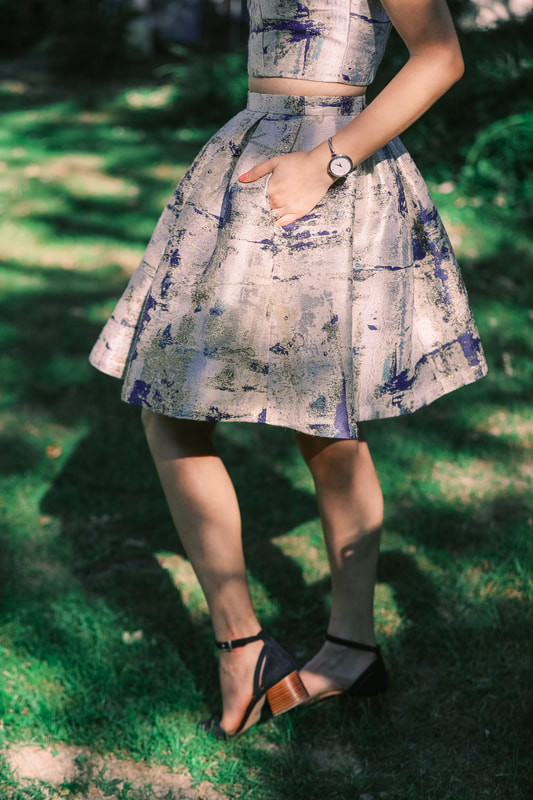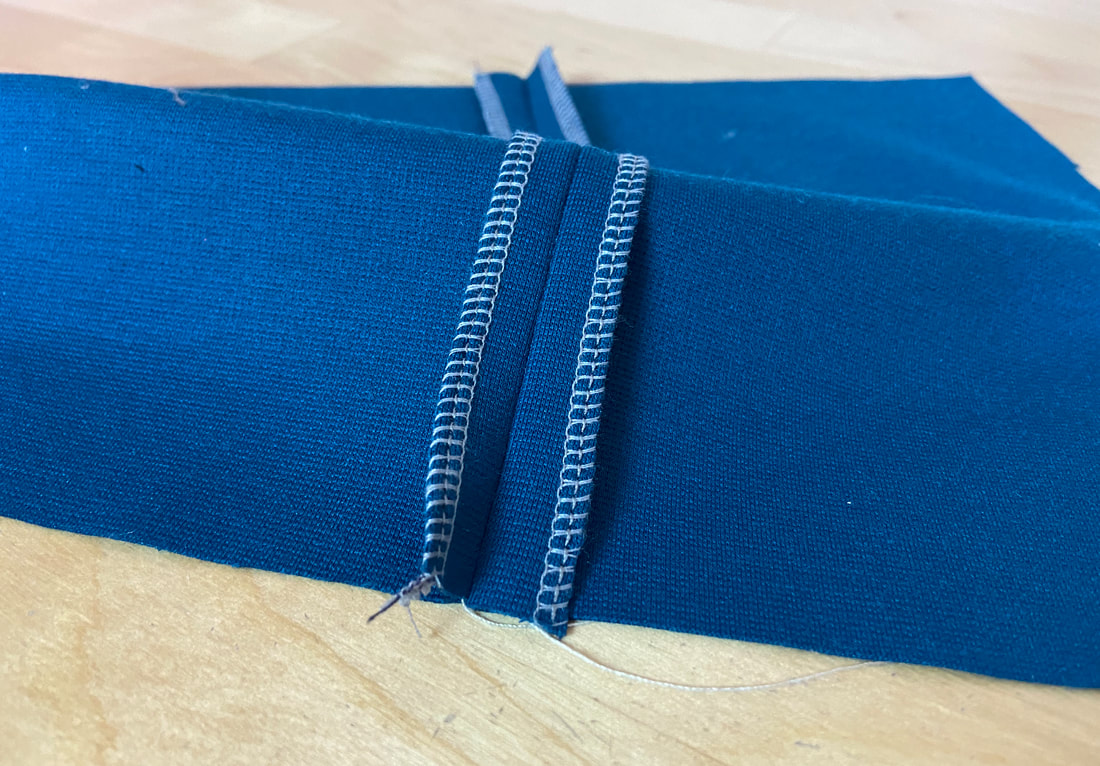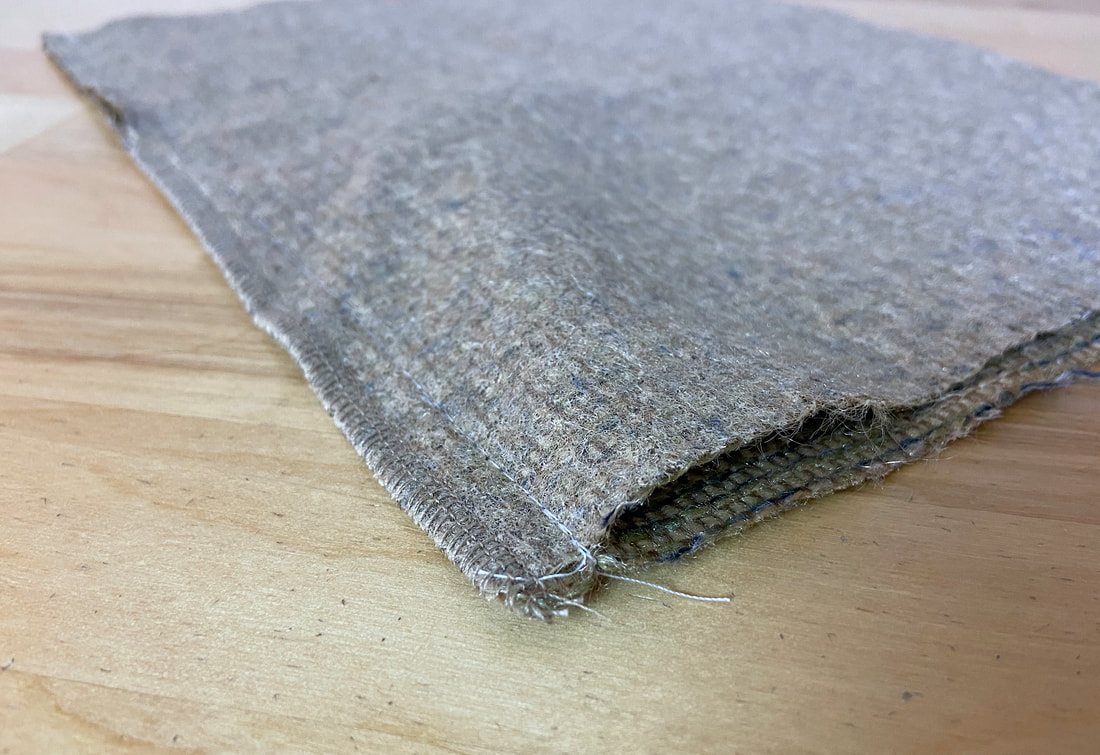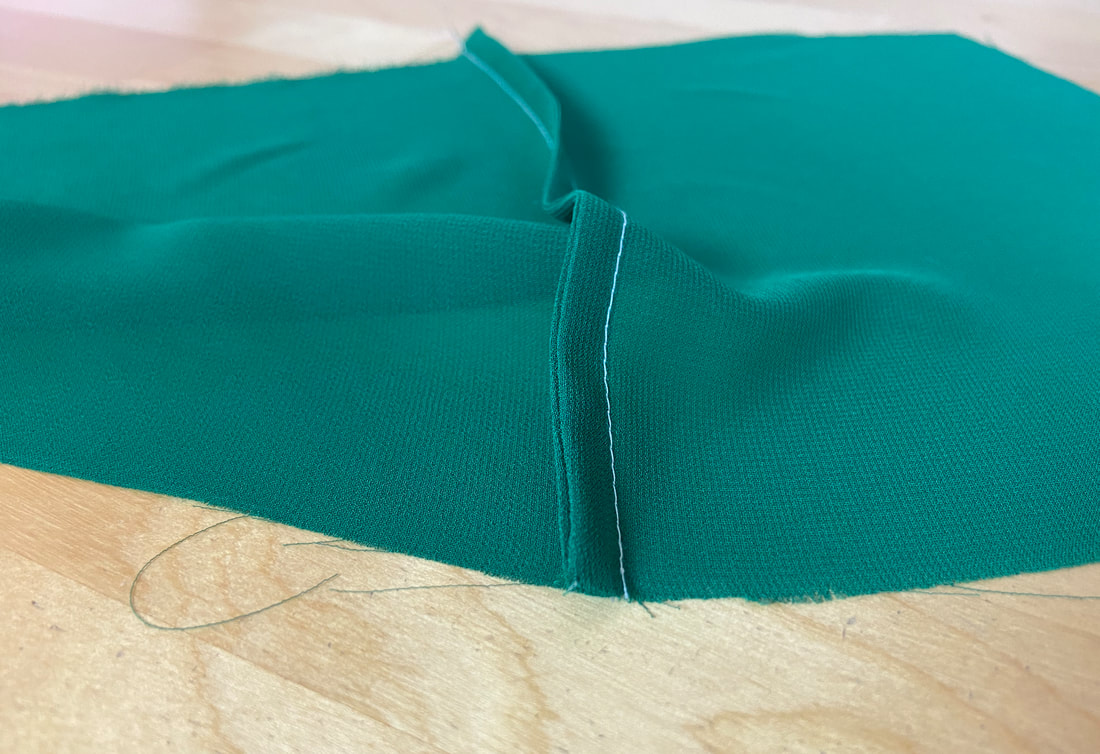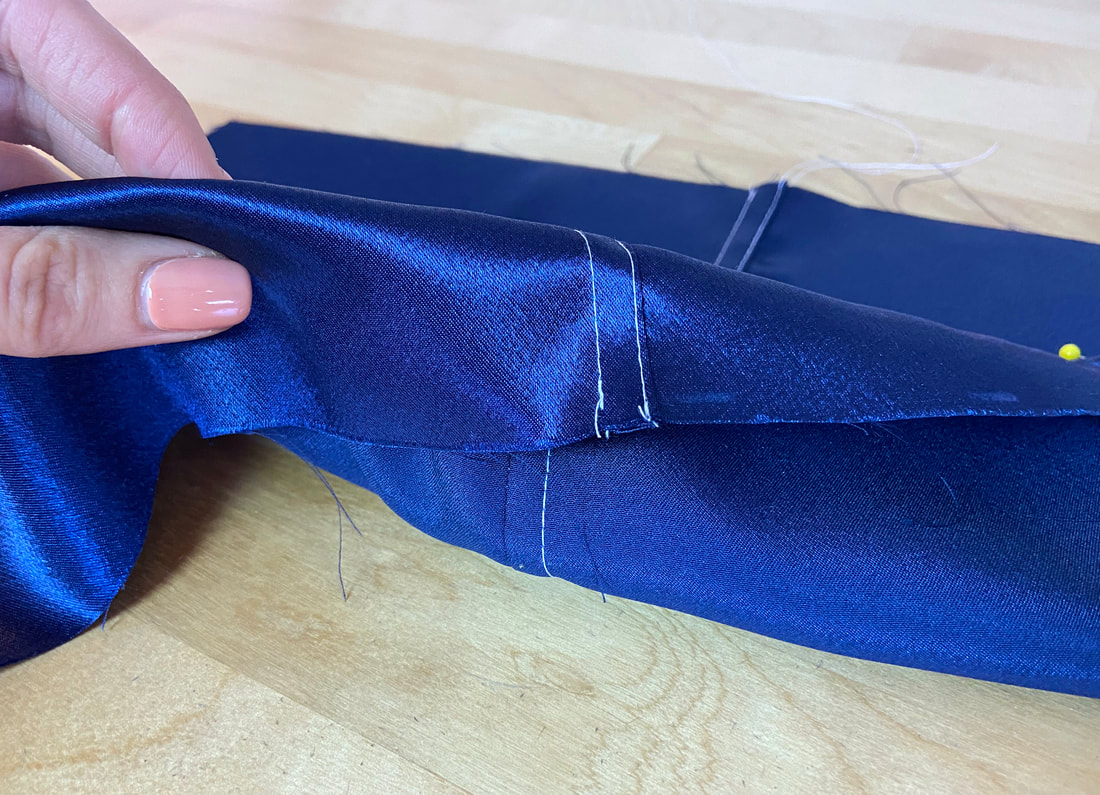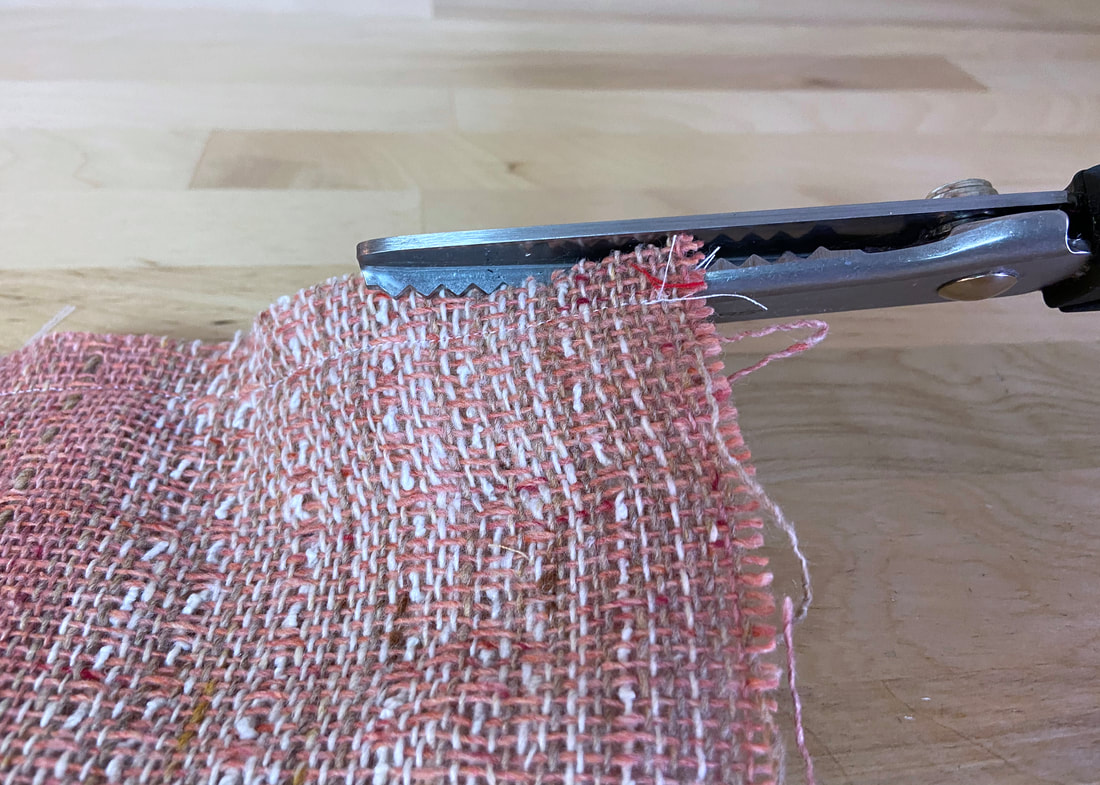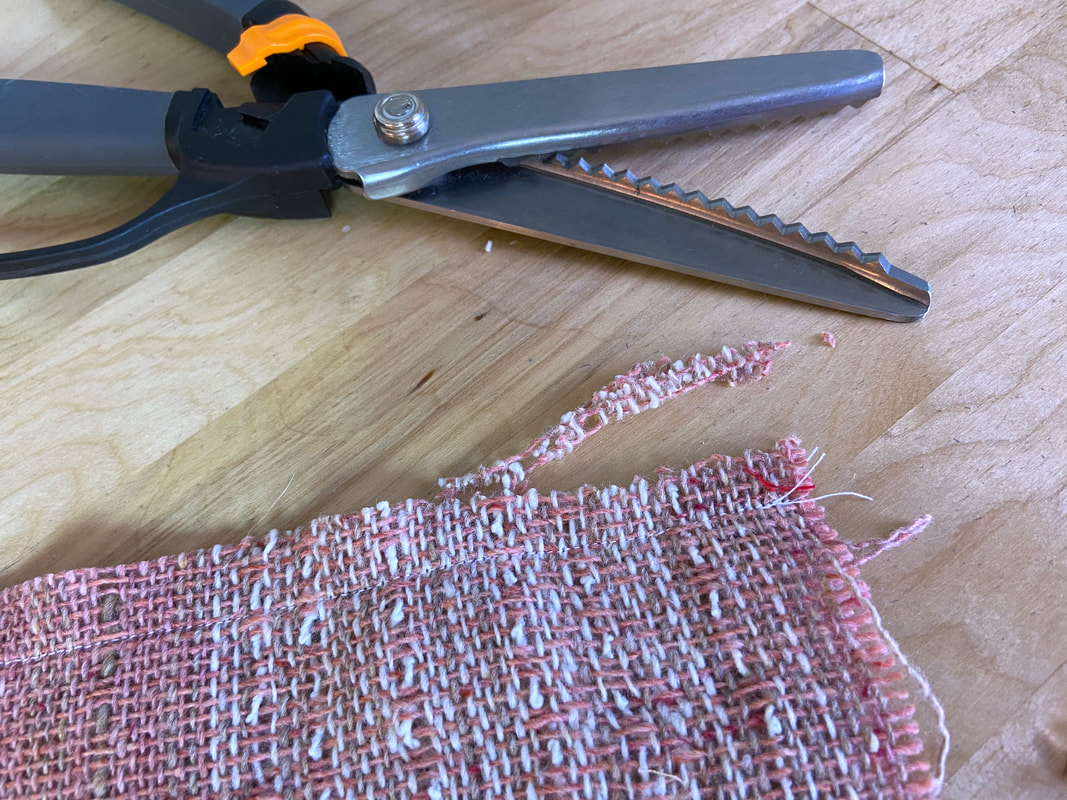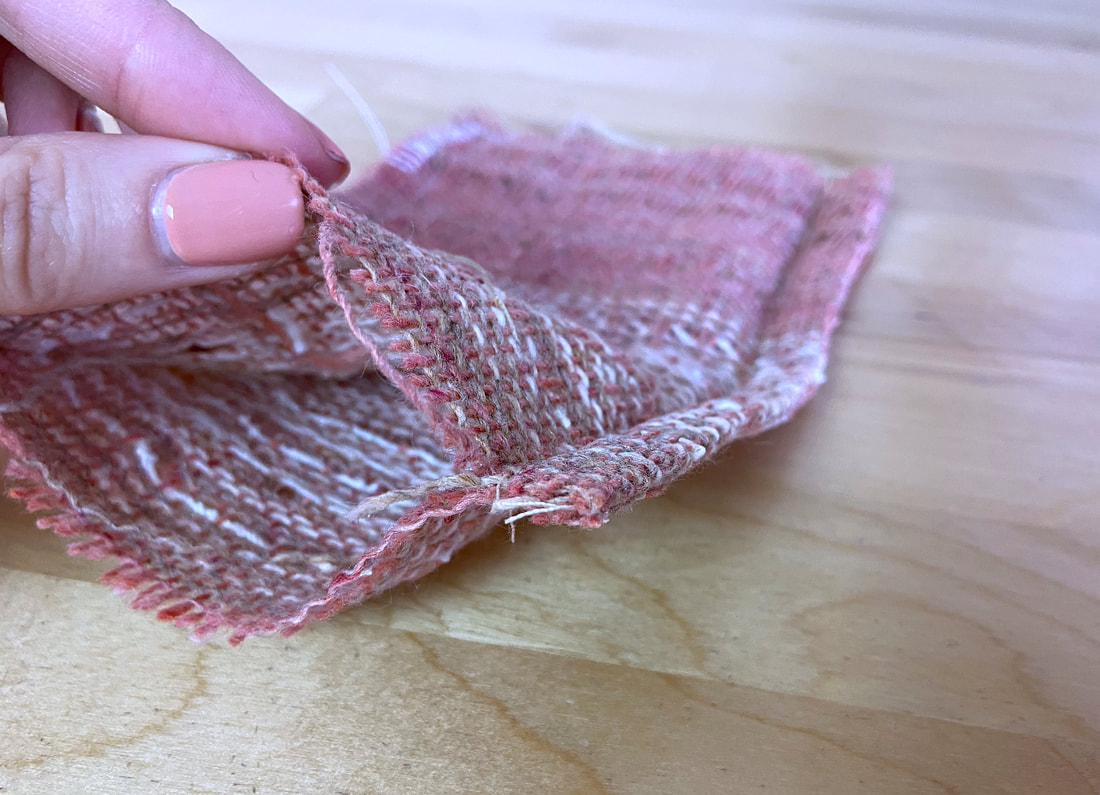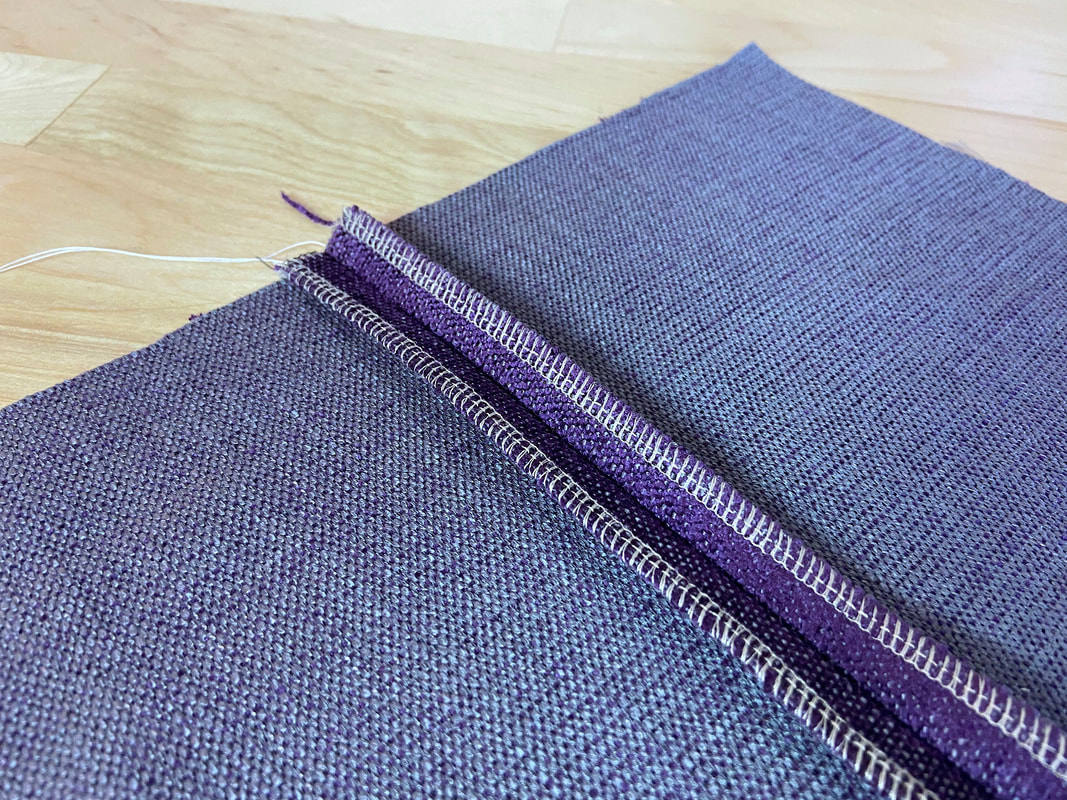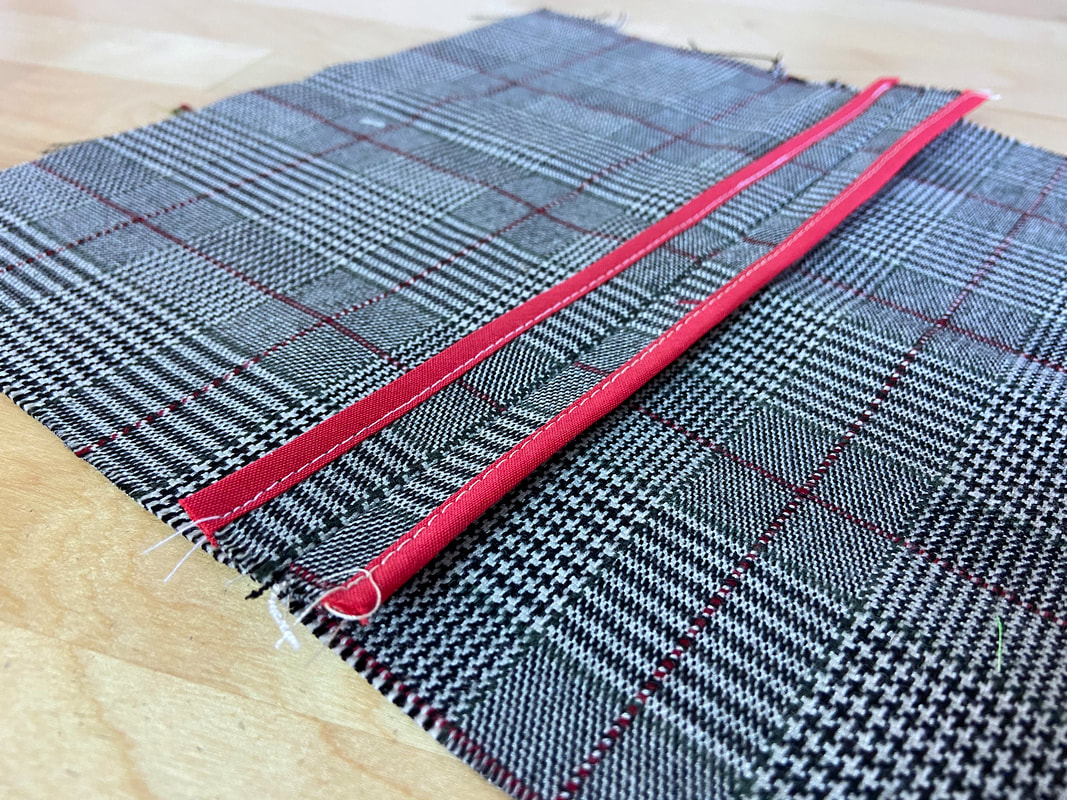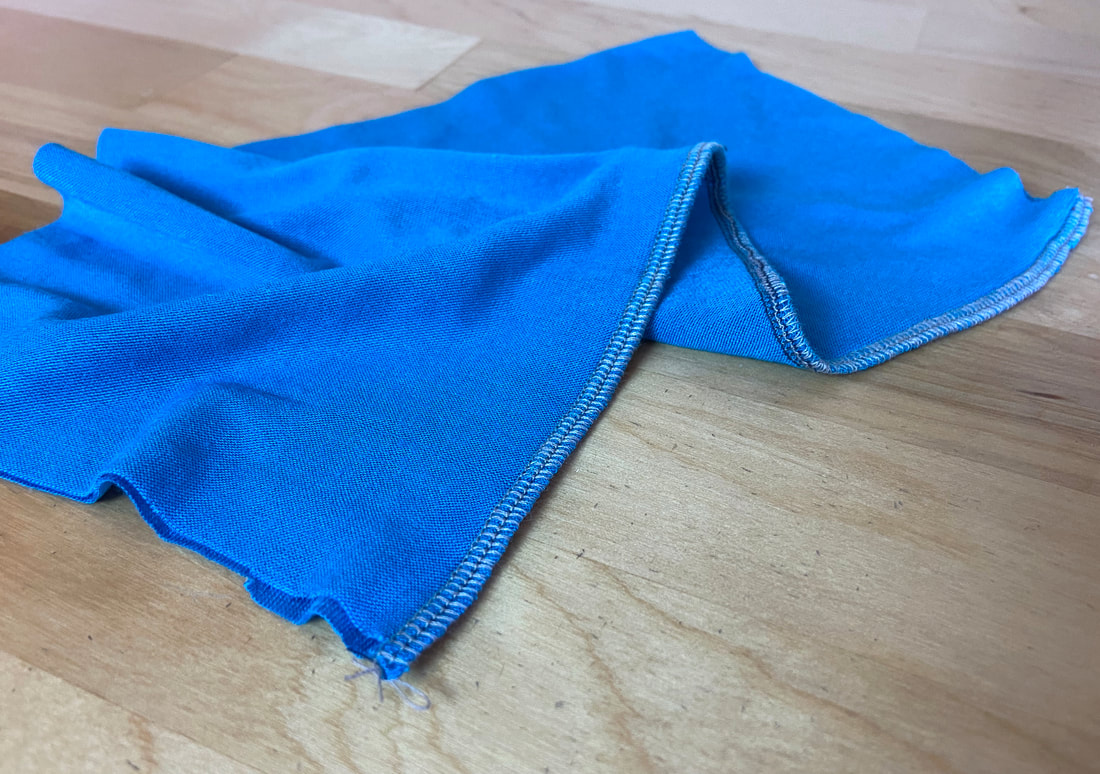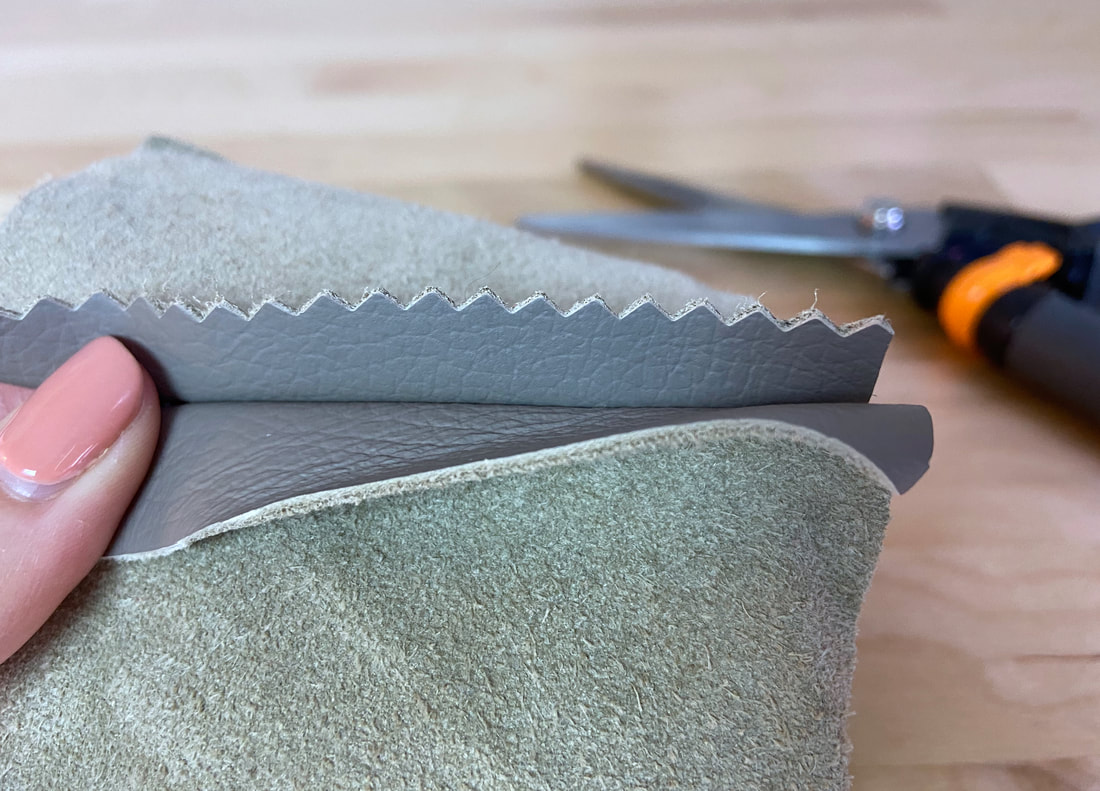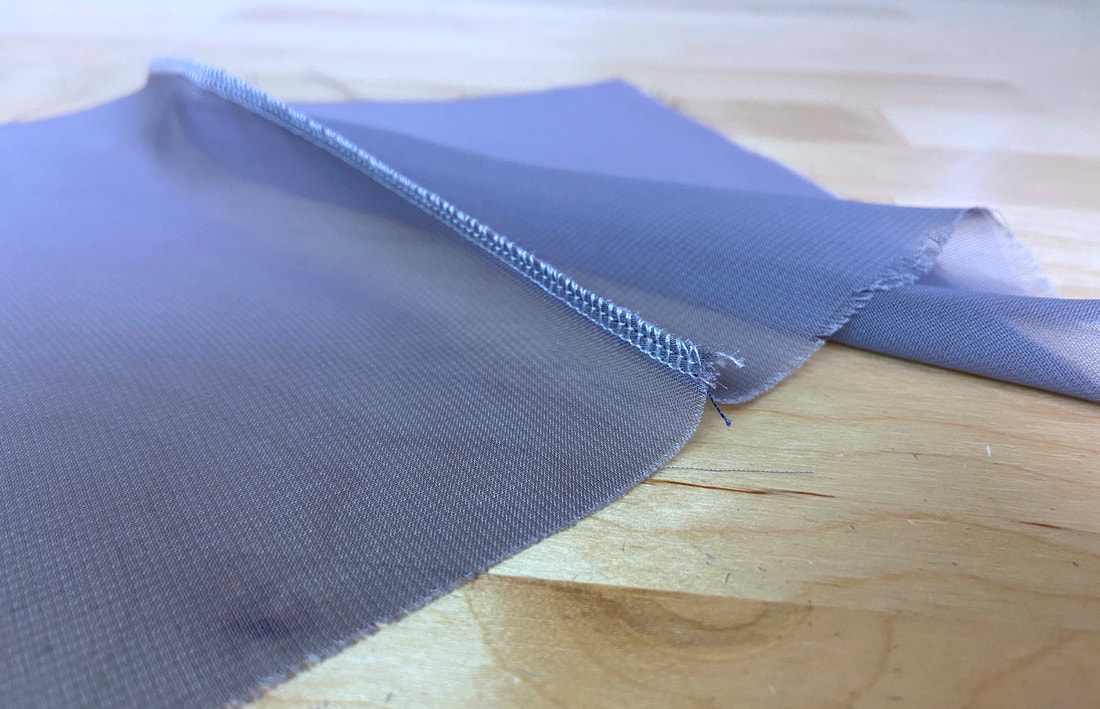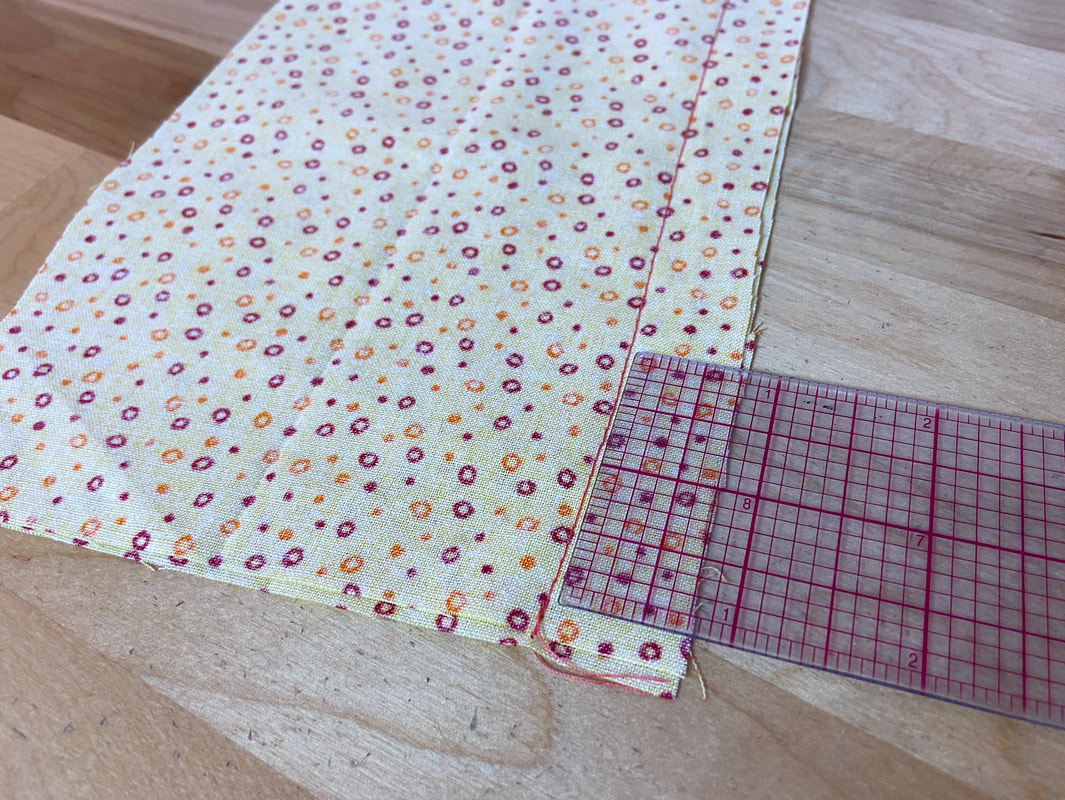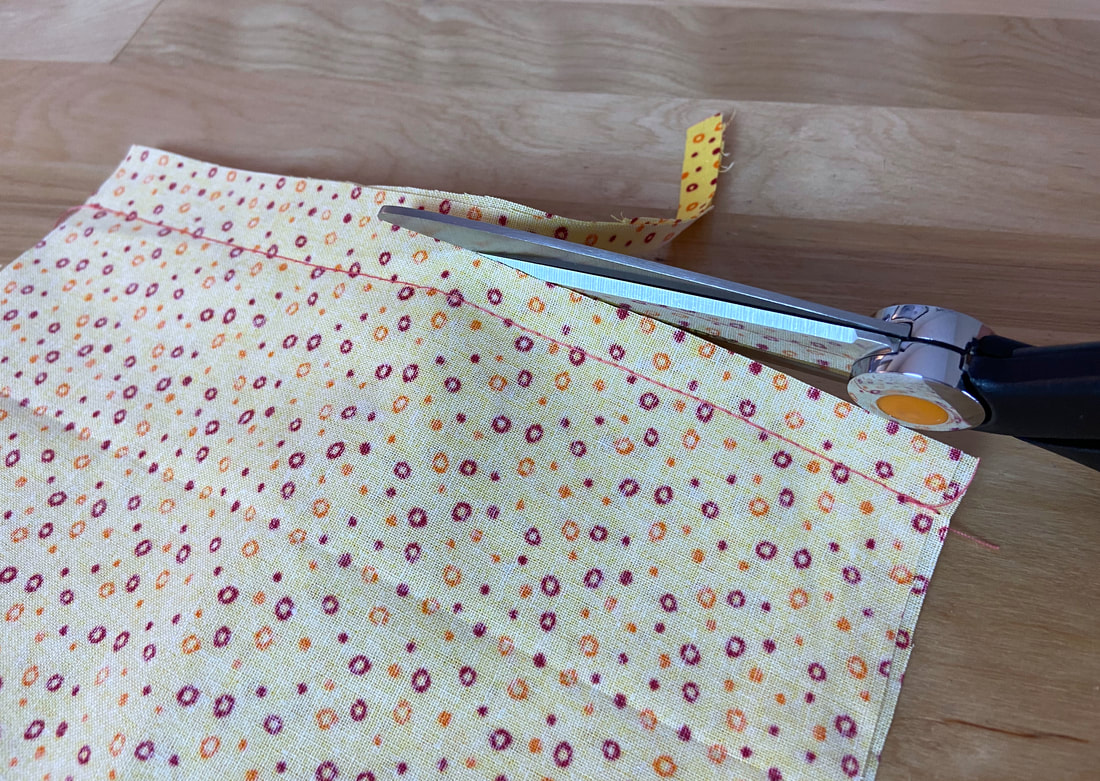Seam finishes are applied to seam allowance layers to prevent the edges from unraveling while also keeping the seam clean and professional. A garment should be just as beautifully constructed on the inside as it is on the outside.
Aside from appearance, seam finishes also contribute to the durability and longevity of a garment. As a clothing item goes through continuous cycles of wash and wear, seam finishing techniques maintain the structure and look of the seam both on the inside and outside of the garment.
Conventional Seam Finishes
Conventional seam finishes are the simplest, most commonly used in dressmaking.
These techniques involve either finishing the edges individually using overedge stitches (like serging or zigzag), binding, by simply folding and topstitching, or finishing the seam allowance edges together using any of these applications.
When using overedge seam finishes, the seam allowance is serged or zigzagged together close to the seamline leaving a thinner seam allowance width.
The choice in finish should be considered based on fabric, garment and individual specifications, if any.
Self-Enclosed Seam Finishes
Self-enclosed finishes are those that use the seam allowance alone to contain and encase raw edges. Examples of self-enclosed finishes include French seam, self-bound, and flat fell. These techniques are considered to be of higher quality and more expensive as they require additional steps in the construction process.
The end result is a finish where the raw edges are completely sealed and not visible anywhere along the inside of the seam. These techniques are perfect to use with styles that expose the inside of the garment (like unlined jackets), or with lightweight silk fabrics that are difficult to finish using conventional methods.
There are various seam finishing techniques you can choose from based on design, type of fabric, and the garment's end use. As a sewing beginner you may feel a bit overwhelmed by the number of finishing methods available in dressmaking. Which to choose? When and how to apply each? The list goes on and on.
Let’s start with the simple fact that a seam finishing application should be chosen based on your specific project. To narrow down the playing field, consider these two factors when choosing the most appropriate technique:
1. What type of fabric are you working with?
High-fraying, woven fabrics need a seam allowance finish that will effectively lock in the unraveling threads.
In this case, finishes like pinking or a hand-overcast stitch should be avoided as these techniques do not provide enough raw edge containment and durability.
The most suitable finishes for highly fraying fabrics are self-bound and turned under techniques that entirely enclose the seam's raw edges.
For medium-to-low fraying fabrics, simple edge finishes are the most suitable.
A zigzag or serging stitch (if you have an overlock sewing machine) is the fastest way to seal the raw edges of low-fraying fabrics.
If you are concerned about appearance, bound or self-bound finishes are also a great alternative.
While some fabrics (like jersey knit, for example) do not appear to unravel at all when cut, they can still benefit from a finishing technique that adds an extra layer of stability and durability to the seam.
Fabrics like suede or leather do not unravel when cut and have a completely different structure than regular woven/knit fabrics. Thus, these materials should never be finished using standard techniques. Most often, leather and suede fabric edges are left unfinished.
For a decorative finish, you may choose to pink or scallop the seam allowance edges as shown.
Learn more about pinking fabric edges in this tutorial: Applying A Pinked Seam Finish
2. How wide is the seam allowance?
The width of your seam allowance may limit your seam finishing choices.
If the seam allowance is very narrow, you may not be able to apply self-bound finishes like flat fell or French seams since there is not enough excess to permit folding and manipulating the edges.
Vice versa, if the seam allowance is very wide, you can apply any finish of your choice, provided it is compatible with the fabric at hand.
If the seam allowance is too wide for your desired finish, you have the freedom to trim and grade the excess as needed based on the seam finishing technique used. In this instance, both fabric type and garment design should be considered carefully in the seam finishing process.

